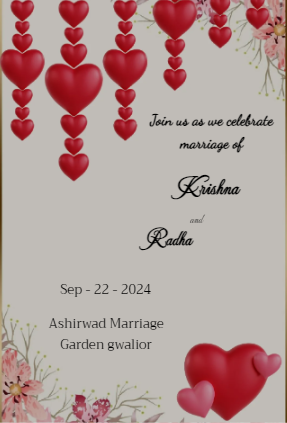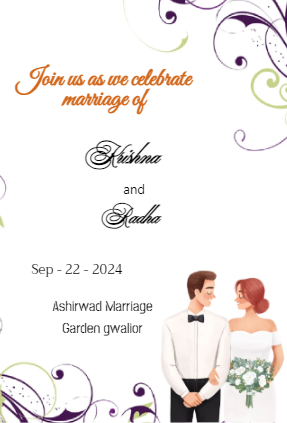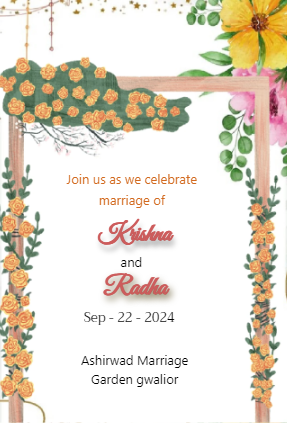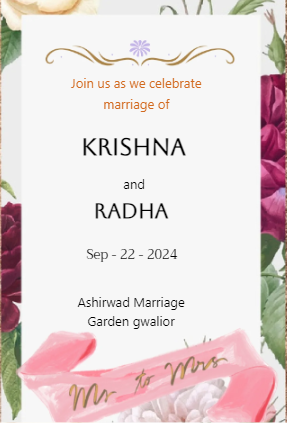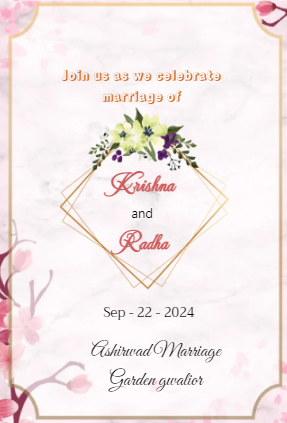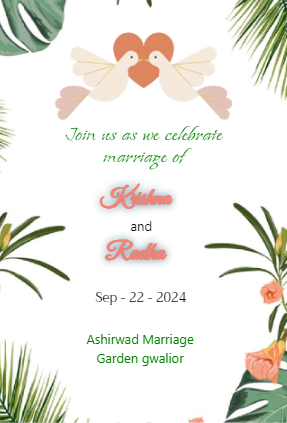The Ultimate Guide to Creating the Perfect Digital Wedding Invitation
Wedding invitations are one of the most important parts of your big day. They set the tone for your wedding, provide essential details to your guests, and give them a glimpse of your love story. In today's digital age, many couples are opting for digital wedding invitations, which offer convenience, personalization, and eco-friendly benefits.
In this guide, we'll take you through everything you need to know to create the perfect digital wedding invitation, from design ideas to sending tips, ensuring your invite reflects the magic of your special day.
Digital wedding invitations are a modern, stylish, and eco-friendly alternative to traditional paper invites. With platforms like 3DPostman, you can create a fully customizable invite that reflects your unique love story while simplifying the RSVP process for your guests. From elegant themes to interactive features, digital invitations offer endless possibilities to make your wedding invitations as memorable as your special day itself.
Why Digital Invitations Are Perfect for Modern Weddings
Today’s couples are looking for wedding solutions that are efficient, stylish, and environmentally conscious. Here’s why digital invitations fit the bill:
Traditional Wedding
A traditional wedding follows established customs, often based on cultural or religious practices. These weddings typically include formal attire, religious ceremonies, and classic reception activities.
- Church or Religious Weddings: Takes place in a church, temple, mosque, or other places of worship.
- Formal Dress Code: Bride usually wears a white gown, and the groom wears a tuxedo or suit.
- Classic Reception: Includes a sit-down dinner, toasts, dancing, and cake cutting.
Destination Wedding
A destination wedding is held in a location away from the couple’s hometown, often in an exotic or vacation-like setting. Popular locations include beaches, mountains, and foreign countries.
- Beach Weddings: Held on sandy shores with a relaxed vibe.
- Mountain Weddings: Set in scenic high-altitude locations.
- International Weddings: Held in foreign countries like Italy, Mexico, or Bali.
Cultural Wedding
A cultural wedding incorporates the traditions, rituals, and customs of the couple’s ethnic or cultural background. These ceremonies are often elaborate and filled with symbolic gestures.
- Indian Weddings: Known for their multi-day celebrations, vibrant colors, and traditional rituals.
- Chinese Weddings: Includes a tea ceremony, red attire for luck, and intricate customs.
- Jewish Weddings: Includes breaking the glass, the signing of the Ketubah, and dancing the Hora.
Hindu Wedding
A Hindu wedding is one of the most common types of weddings in India, following ancient Vedic rituals. It is a multi-day event that includes numerous ceremonies like Mehendi, Sangeet, and the main wedding day.
- Rituals: Includes the Saat Phere (seven sacred vows around the fire), Kanyadaan (giving away the bride), and Mangalsutra (sacred thread tied by the groom).
- Traditional Attire: The bride wears a red or maroon lehenga or saree, while the groom wears a sherwani.
Sikh Wedding (Anand Karaj)
A Sikh wedding is called an Anand Karaj, which means "ceremony of bliss." It is a simple and spiritual affair usually held in a Gurdwara (Sikh temple).
- Main Ceremony: The couple walks around the Guru Granth Sahib (the holy scripture) four times, signifying their union in the presence of God.
- Attire: Brides often wear brightly colored salwar suits or lehengas, and the groom wears a turban and sherwani.
Muslim Wedding (Nikah)
A Muslim wedding in India, known as Nikah, is centered around Islamic traditions and is often simple but elegant.
- Nikah Ceremony: The marriage contract is signed in the presence of a Qazi (priest), and the bride and groom accept each other with the words "Qubool Hai" (I accept).
- Mehendi and Walima: Pre-wedding rituals like Mehendi (henna application) and the post-wedding Walima (feast) are common.
- Attire: Brides typically wear heavily embroidered shararas or lehengas, and the groom wears a sherwani with a cap or turban.
Christian Wedding
A Christian wedding in India follows the customs of the Christian faith, often held in a church.
- Wedding Ceremony: The couple exchanges vows in front of the altar and receives blessings from a priest.
- Western Attire: The bride traditionally wears a white gown, and the groom wears a formal suit or tuxedo.
- Reception: After the church ceremony, there’s a grand reception with cake-cutting and dancing.
Bengali Wedding
A Bengali wedding is a beautiful mix of fun and tradition, with rituals steeped in culture.
- Aiburo Bhaat: A pre-wedding feast for the bride and groom.
- Shubho Drishti: The bride covers her face with betel leaves and only reveals it during this ritual, signifying her first glance at the groom.
- Attire: The bride wears a red and white Banarasi saree, and the groom dons a dhoti and kurta.
Gujarati Wedding
A Gujarati wedding is vibrant, known for its grand celebrations and unique rituals.
- Mandap Mahurat: A pre-wedding puja to invoke blessings for a smooth wedding.
- onkvu: A unique tradition where the groom is playfully welcomed by the bride’s mother, who tries to pull his nose.
- Attire: The bride typically wears a Panetar saree, and the groom wears a sherwani or kurta.
Marathi Wedding
A Marathi wedding is relatively simple and focuses on religious rituals and family blessings.
- Sakhar Puda: A pre-wedding ceremony where the bride and groom exchange sugar, symbolizing sweetness in the marriage.
- Mangalashtak: The bride and groom exchange vows while traditional wedding hymns are sung.
- Attire: The bride wears a Paithani saree and a nath (nose ring), and the groom wears a dhoti with a pheta (turban).
Rajasthani Wedding
A Rajasthani wedding is royal and extravagant, reflecting the state’s rich culture and heritage.
- Pithi Dastoor: A turmeric paste ceremony that brightens the bride and groom.
- Rajput Ceremonies: Often include grand, royal traditions, with wedding venues being forts or palaces.
- Attire: The bride wears traditional Rajasthani lehengas with intricate embroidery, and the groom wears regal sherwanis with turbans.
Tamil Wedding
A Tamil wedding is rooted in simplicity and spirituality, focused on religious rituals.
- Kashi Yatra: A playful ritual where the groom pretends to leave for Kashi (a holy city) to become a monk, but is persuaded to return by the bride’s family.
- Mangala Snanam: A holy bath for purification before the wedding.
- Attire: The bride wears a silk saree, often in bright colors like red and gold, and the groom wears a veshti (traditional wrap-around).
Telugu Wedding
A Telugu wedding involves several symbolic rituals, combining both fun and spirituality.
- Pellikuthuru: A pre-wedding haldi ceremony similar to the haldi in North Indian weddings.
- Jeelakarra Bellam: A special ritual where the bride and groom apply a mixture of cumin and jaggery on each other’s heads, symbolizing a strong bond.
- Attire: The bride typically wears a silk saree, while the groom dons a dhoti or sherwani.
Malayali Wedding
A Malayali wedding from Kerala is minimalistic and involves a brief but meaningful ceremony.
- Nair Wedding: The wedding takes place in a temple or hall, with simple yet significant rituals.
- Thalikettu: The groom ties a thaali (sacred necklace) around the bride's neck, symbolizing their union.
- Attire: The bride wears a white and gold saree, and the groom wears a traditional mundu.
Kashmiri Wedding
A Kashmiri wedding is a serene and culturally rich event, with pre-wedding, wedding, and post-wedding rituals.
- Maenziraat: A henna ceremony for the bride, similar to Mehendi.
- Kashmiri Wazwan: A lavish multi-course meal that is an important part of the wedding celebrations.
- Attire: The bride wears a traditional Pheran with heavy jewelry, and the groom wears a sherwani with a turban.
Frequently Asked Question ?
- What information should be included in a wedding invitation?
A wedding invitation typically includes the names of the couple, the wedding date, time, and location of the ceremony and reception. You can also include RSVP details, dress code, and wedding website information for additional details.
- How far in advance should I send out wedding invitations?
Wedding invitations should be sent out 6 to 8 weeks before the wedding. For destination weddings, it’s recommended to send them 3 to 4 months in advance to give guests ample time to make travel arrangements.
- Can I send digital wedding invitations instead of paper ones?
Yes, digital wedding invitations are becoming more popular due to their eco-friendliness and convenience. They can be sent via email or social media, and they offer interactive features such as RSVP links and maps.
- What are the different types of wedding invitations?
There are various types of wedding invitations, including traditional paper invitations, digital e-cards, video invitations, and DIY or handmade invitations. Couples can choose the style that best suits their theme and budget.
- How do I word a formal wedding invitation?
A formal wedding invitation typically follows a traditional format. It begins with the names of the hosts (often the parents), followed by an invitation line, the couple's names, date and time, venue details, and RSVP information. Example: “Mr. and Mrs. John Doe request the honor of your presence at the marriage of their daughter Jane to Mr. Michael Smith...”
- What is an RSVP and why is it important for wedding invitations?
RSVP stands for "Répondez S'il Vous Plaît," meaning "Please respond." It is important to include RSVP information on your wedding invitation so you can get a headcount of who will attend, helping you plan seating, catering, and other arrangements.
- How do I choose a wedding invitation design?
When choosing a wedding invitation design, consider the theme and style of your wedding. For example, a traditional wedding may call for elegant fonts and a classic color palette, while a rustic wedding might feature natural elements like wood or floral designs.
- Can I customize my wedding invitations?
Yes, most wedding invitations can be customized to match your wedding theme, color scheme, and personal preferences. Whether you choose paper or digital invitations, you can personalize the text, design, and layout.
- What should I consider when selecting a wedding invitation vendor?
When choosing a wedding invitation vendor, consider factors like design options, customization services, pricing, delivery timelines, and customer reviews. For digital invitations, look for user-friendly platforms that offer templates, editing tools, and RSVP tracking.
- What are save-the-date cards, and do I need them?
Save-the-date cards are pre-invitations that announce your wedding date to guests. They are usually sent out 6 to 12 months before the wedding to allow guests to mark the date on their calendars. These are especially helpful for destination weddings or when your guest list includes people who need to travel.
How to Choose and Send Wedding Invitations: A Step-by-Step Guide
Planning your wedding invitations is an exciting part of the process! Here's a comprehensive guide to help you choose, design, and send out the perfect wedding invitations.



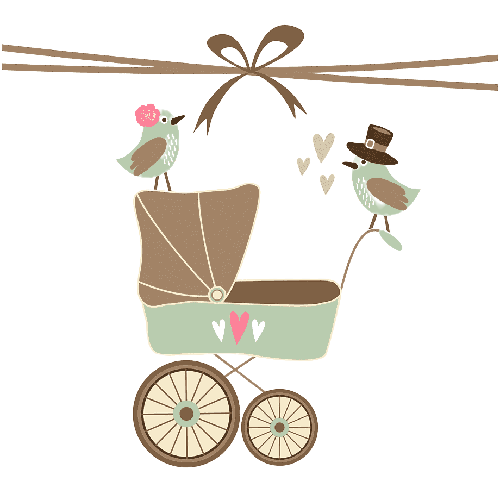



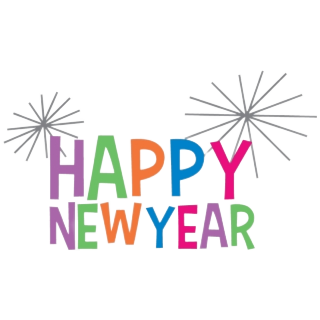


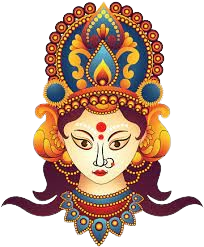
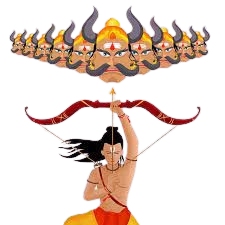




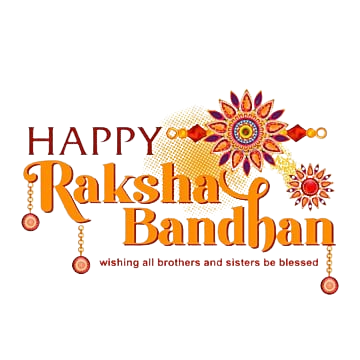
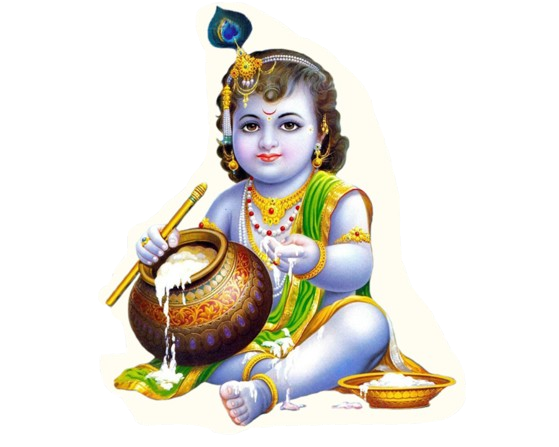








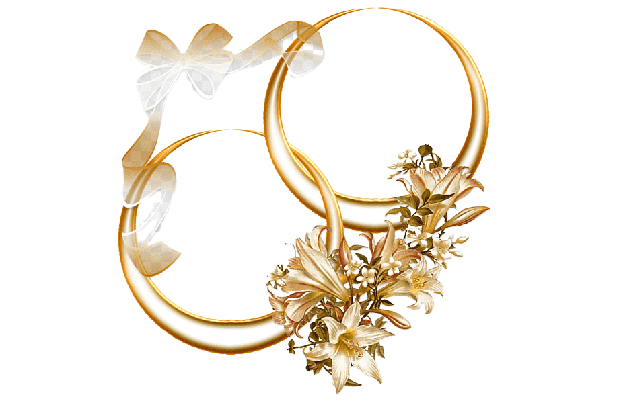




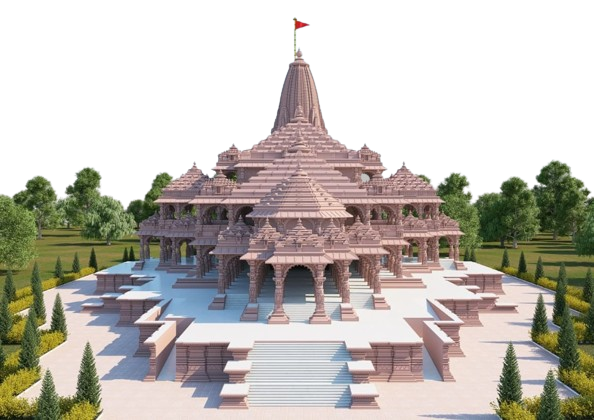
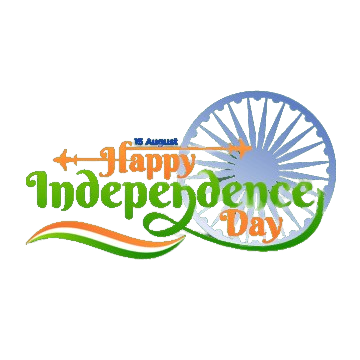

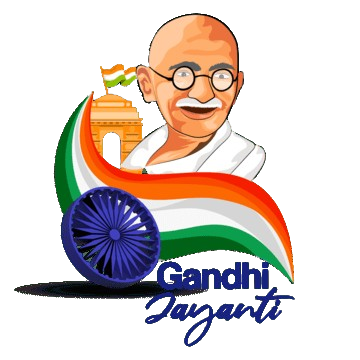
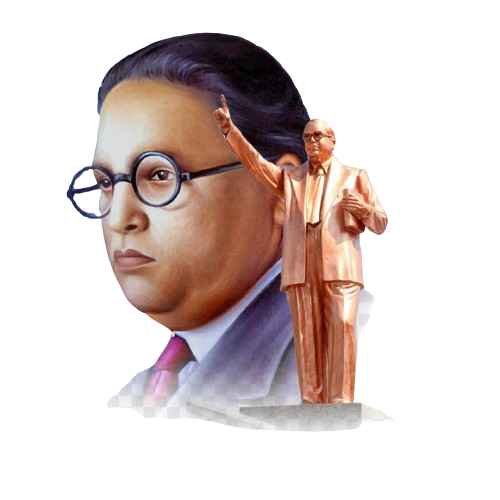






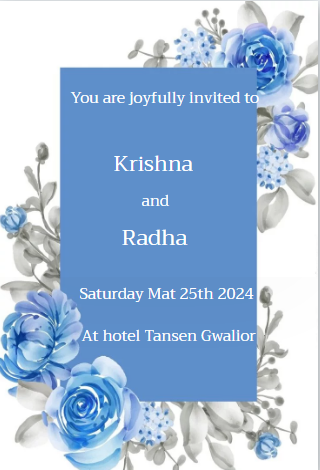





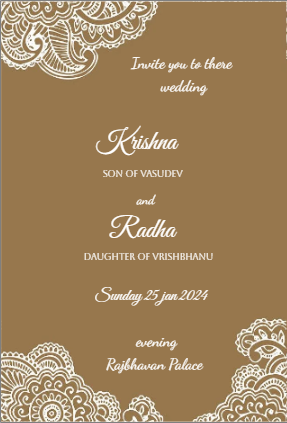
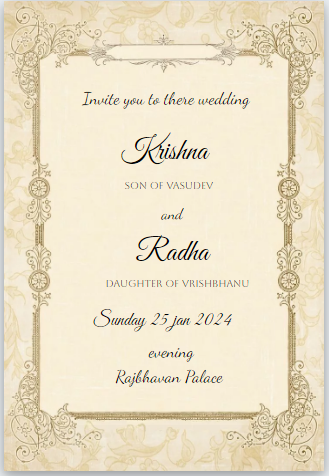

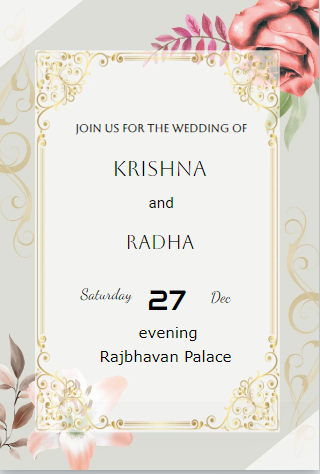


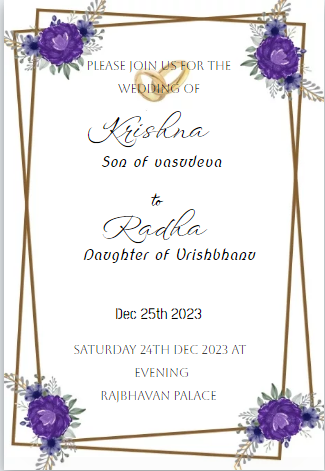









.png)
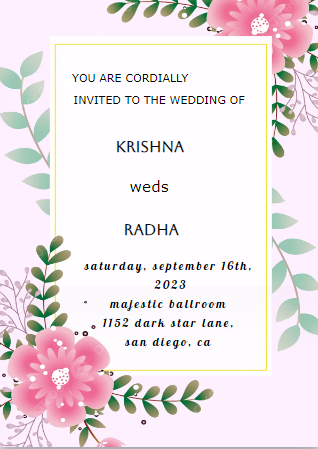


.png)

